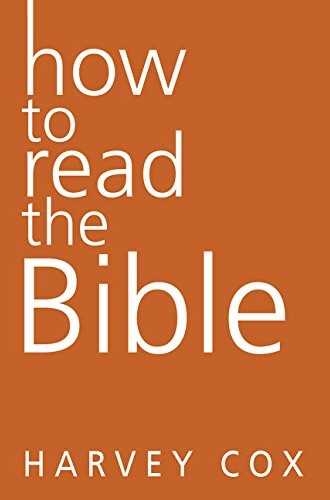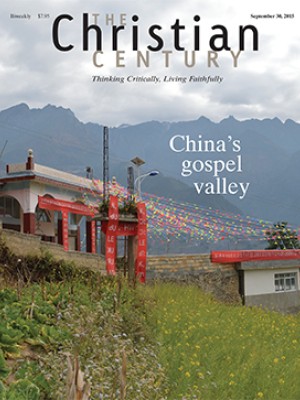How to Read the Bible, by Harvey Cox
Harvey Cox, professor of divinity at Harvard Divinity School and a well-traveled interpreter of things secular and spiritual, provides a word of guidance to those who wish to find in the Bible spiritual meaning for today. Cox made his name in the 1960s with his book The Secular City, but in a more recent book, The Future of Faith, he suggests that we have entered the “age of the Spirit,” and he considers the Bible to be an important resource for this age. However, for the Bible to belong not only to the church or the academy but also to the growing number of people who consider themselves spiritual but not religious, a guidebook is needed. This he provides in How to Read the Bible.
Though Cox recognizes the need to take into consideration what biblical writings meant to the authors and the original audience, what is most important to him is what the text means today. So, for example, it doesn’t matter that Paul didn’t intend for 1 Corinthians 13 to be read at weddings. What matters is that it is deemed a valuable word to celebrate the practice of love.
Read our latest issue or browse back issues.
How to Read the Bible is rooted in Cox’s own journey from reading the Bible in a flat, literalistic manner to his engagement in seminary with the historical-critical method. He appreciates the importance of this method, but it still left him back in the ancient world. It was the civil rights movement that helped him discover the importance of what he calls a “spiritual reading” of the Bible. He learned that the Bible is “a living record of an open-ended history of which we can have a part. It is still an unfinished story.”
Cox sees himself as a bridge between secular and religious worlds, so it is not surprising that he finds liberation theology attractive. And although he values the insights of biblical studies professionals, he’s more interested in how laypeople engage the Bible. Thus he offers suggestions for how the Bible might be read today while introducing readers to scholarly tools, resources, and theories that can help them understand what biblical writings meant to their original audience. Writing as a knowledgeable generalist rather than an expert in biblical studies, Cox offers tips on how to engage in the study of the Bible, giving sidebar attention to such issues as choosing a translation of the Bible and using biblical commentaries.
This book isn’t meant to be a comprehensive introduction to the study of the Bible. So although Cox explores the meaning of Job, he doesn’t offer a chapter on Proverbs or the Psalms. In taking up the Gospels, he asks the question of who Jesus is today, focusing his attention on the synoptic Gospels while largely ignoring John. Hoping to reclaim the apostle to the gentiles, he distinguishes Paul’s “genuine letters” from the disputed ones while cautioning the reader to remember Paul’s context and background. Concerned about what he considers dangerous readings of Revelation, he employs the history of interpretative method to show both that Revelation has had an uncertain place in the canon and has been read in a variety of ways. What he doesn’t do is go into detail regarding apocalyptic literature as a genre.
To further the conversation about how we read the Bible today, Cox suggests the importance of reading “from below,” as the various liberationist theologies do, and through engagement with other religions. He notes the offerings of the Dalai Lama and Thich Nhat Hanh, as well as a variety of artistic interpretations, including those found in film and literature.
As a liberal theologian who has spent his career exploring the connections between religious and secular worlds, Cox seeks to address those who claim that the Bible is obsolete and dangerous. As to the first, he’s convinced there is much spiritual wisdom still to be found within its pages. And as to the second, he concedes that it can indeed be a dangerous book, but insists that when it is read with discernment, its pages can reveal to the reader knowledge of both God and self; as all religious traditions demonstrate, “the knowledge of God and the knowledge of ourselves are inseparable.”
Cox writes with an engaging style and is a theologically astute travel guide. He hits the highlights, introduces us to some of the tools used by scholars, and invites us to read the Bible with an eye to its contemporary effect and meaning. While his book has an eccentric feel to it, if Cox helps improve biblical literacy, he will have accomplished a great deal.







